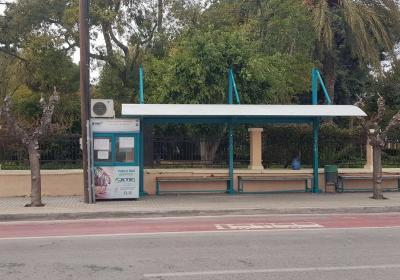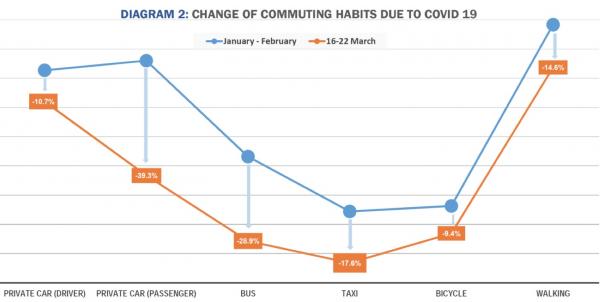Daily commuting in the city: the impact of COVID-19 on Western Crete
Covid-19CIVITAS Initiative

Authors and research team: Stavroula Tournaki, Dimitra Tarassi, Tryfon Daras, Theocharis Tsoutsos
Public transport and shared mobility are facing challenges driven by COVID-19 distancing rules, and the need to nonetheless commute for the most urgent needs (work, food supply, health). Cities in Greece applied rigorous restrictions early on. This began on 11 March with the closure of schools, followed by a gradual shut down of economic activities as of 16 March. A week later, the government imposed a general lockdown which lasted until 4 May; during this period – amongst other measures – citizens were not allowed to leave home unless they held a “movement permit”.
To capture the impact of the epidemic on citizens’ commuting habits and shared mobility trends, an onine survey was conducted in Rethymno and Chania, two Cretan cities with large academic communities (University of Crete and Technical University of Crete), rich cultures and intense seasonality of tourism. The study was conducted by the Renewable and Sustainable Energy Systems Lab at the Technical University of Crete, within the framework of the CIVITAS DESTINATIONS project.

© Renewable and Sustainable Energy Systems Lab – Technical University of Crete
Analysis of the results showed that citizens’ daily travels during the third week of March (which was the first week of closure of all shops, cafés, restaurants and other entertainment centres, along with museums, parks, athletic and cultural facilities), were significantly reduced in comparison to January and February, when the coronavirus epidemic had not yet hit Greece. In particular, 90% of participants reduced their daily travels by at least 50%, where 22% declared a 100% reduction of travels.

Reduction of travels (%) during the first week of shop, cafe and entertainment/cultural closures, as compared to January and February
A significant change in choice of transportation modes was found, with use of shared modes of transit – including carpooling, using the bus or taking a taxi – changing the most. Use of private cars (as drivers) was reduced by 10.7%, while the number of car passengers decreased by 39.3%. Furthermore, the impact on public transport (bus) was significant, as the reduction reached 28.9%. It is worth noting that biking was less affected, with just a 9.4% decline.

As the lockdown eases, cities face new unprecedented challenges. The pandemic crisis has tranformed mobility habits. However, it has also opened new opportunities for planners and decision makers to redesign the “new normal” more sustainably. New surveys, further analysis and modelling of the results will prove useful tools in the future design of sustainable mobility strategies. The research team in Crete is focusing on the analysis of citizens’ concerns and attitudes in the post COVID-19 era, and in evaluating the rebound effect on tourism and mobility in the two popular tourist destinations.









